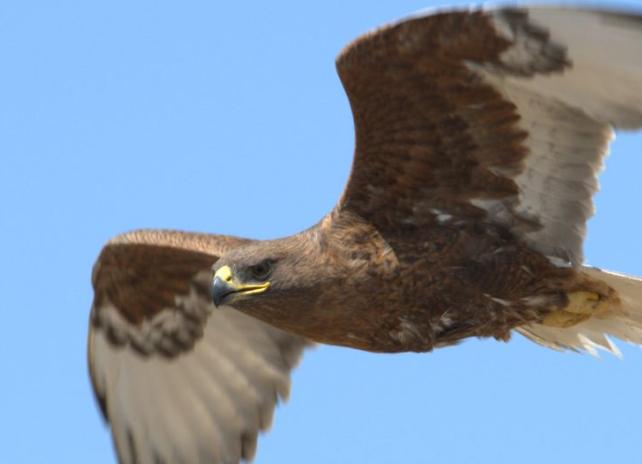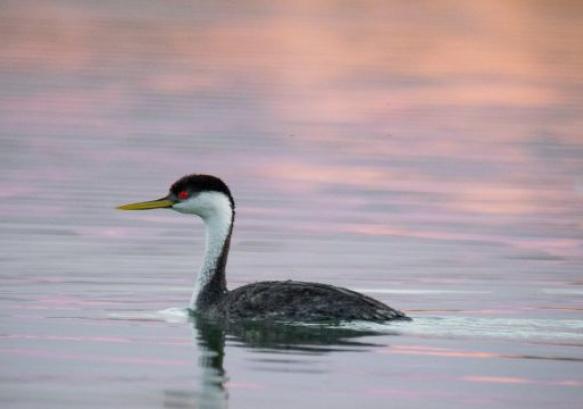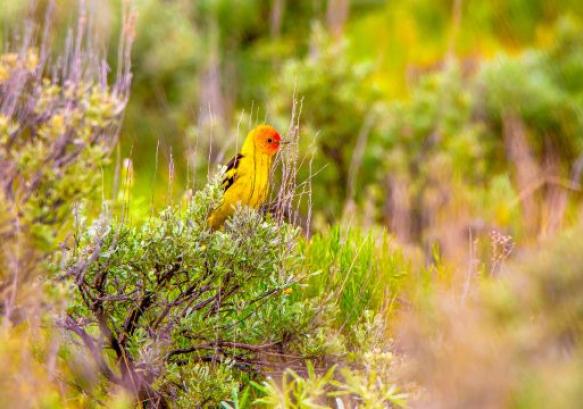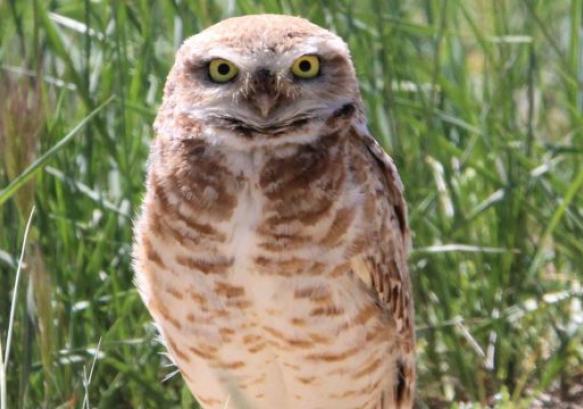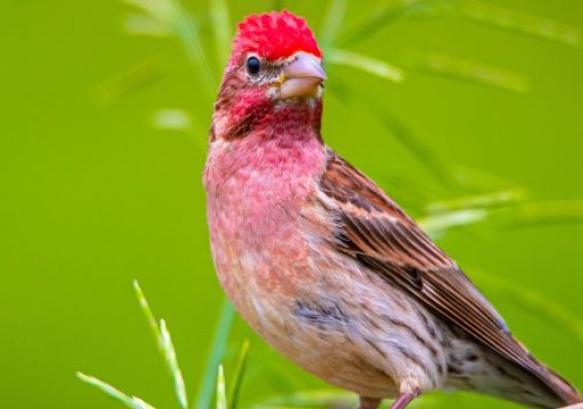The statewide Nongame Section works with regional personnel and many partners to improve understanding of the state’s nongame bird populations, conserve and restore their habitats, and increase public appreciation of these species. Currently, over 75 nongame birds are classified as Species of Greatest Conservation Need (SGCN) in Wyoming’s State Wildlife Action Plan because of declining populations, limited distribution, or threats. These species can be found in all of Wyoming’s diverse habitats, including sagebrush steppe, grasslands, forests and woodlands, alpine, and wetlands.
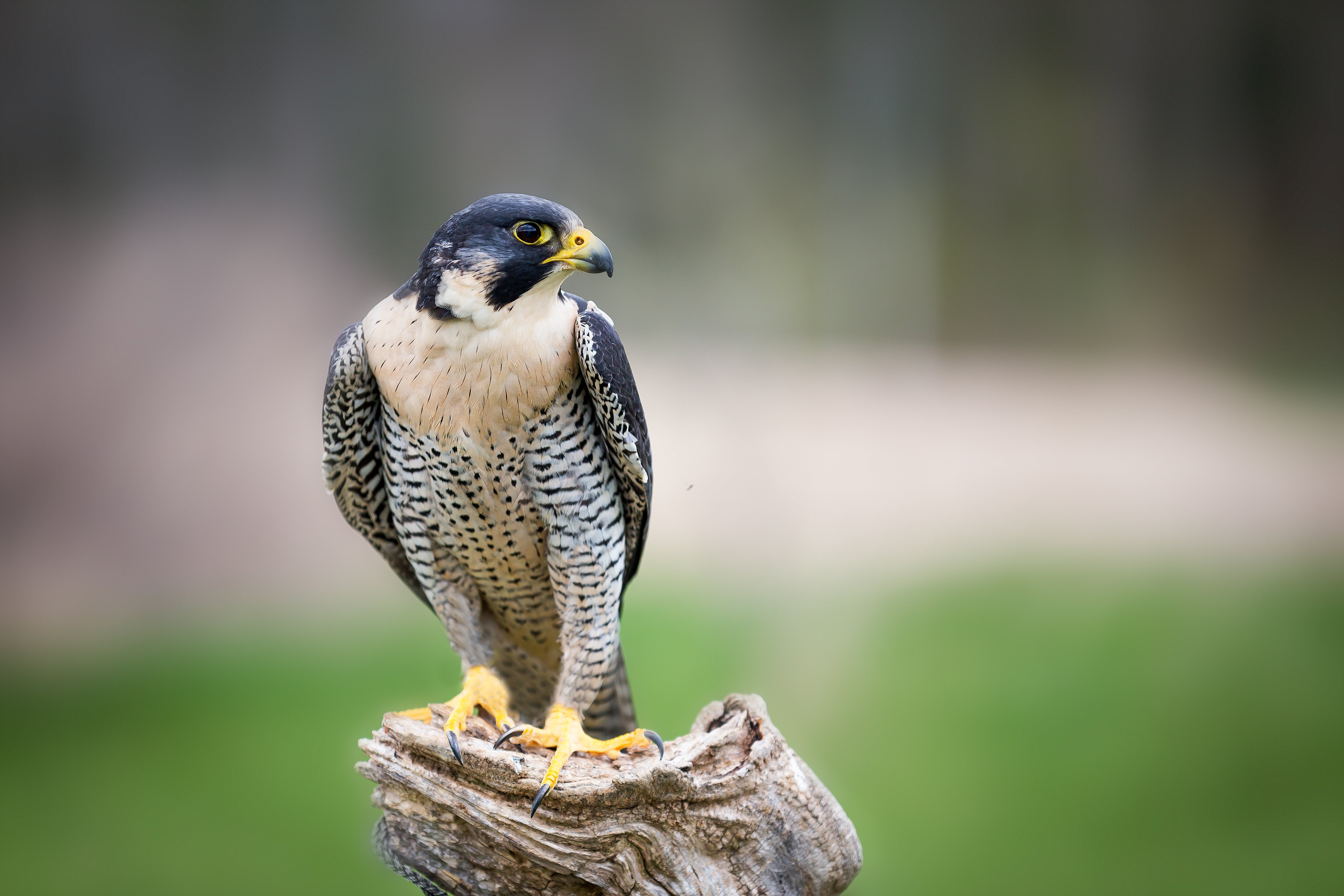
Nongame Birds in Wyoming
To view a list of all bird species known to occur in Wyoming, with information on distribution and breeding status, refer to the Atlas of Birds, Mammals, Amphibians, and Reptiles.
For detailed species accounts of SGCN birds, with Wyoming-specific information on natural history, conservation, and photos, visit the Wyoming Natural Diversity Database (WYNDD) and Game and Fish Bird Field Guides.
Avian occurrence records, range maps, and predicted distributions for Wyoming’s birds see the WYNDD's data explorer map.
Avian Management
Game and Fish manages Wyoming's nongame birds to maintain healthy ecological communities. Learn which species can be collected, harvested, or possessed in Wyoming and which permits are required in this quick reference guide.
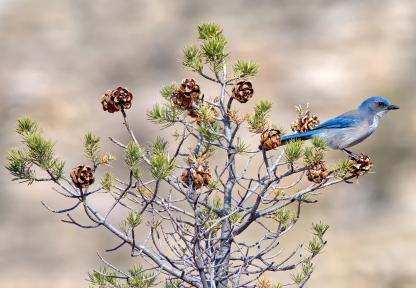
Submit Rare or Unusual Bird Sightings
Submit your sightings online to the Wyoming Bird Records Committee and find out more about the committee at the link in the title. Online submission is the preferred method of the committee, however, if you are unable to use the online form please email courtney.rudd@wyo.gov.
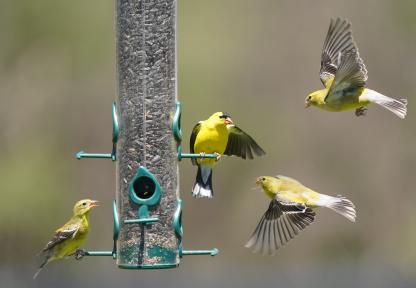
Watching and Feeding Birds
As many as 15 million Americans participate in bird watching every year. In Wyoming, volunteer community scientists contribute greatly to our understanding of bird populations. To learn more about best practices for bird feeding see "Keeping Songbirds Safe" (linked in the title above). If birds become a problem around your home please contact your Game and Fish regional office or the nongame bird program for advice.
Monitoring and Research
The Nongame Bird Program conducts annual monitoring programs for avian SGCN, including bald eagle, trumpeter swan, and peregrine falcon, and periodic monitoring for harlequin duck, grassland birds, secretive marshbirds, colonial waterbirds, and grassland raptors. We also participate in several multi-species long-term monitoring programs, including the North American Breeding Bird Survey (BBS) and the Integrated Monitoring in Bird Conservation Regions (IMBCR) program, and administer the review of rare bird sightings by the Wyoming Bird Records Committee (WBRC).
Additionally, numerous research and monitoring projects are conducted and funded every year in cooperation with other government agencies, universities, and non-governmental organizations.
Avian Disease
Birds naturally experience many different diseases and parasites. Of particular concern in recent years has been highly pathogenic avian influenza (HPAI).
-
Answer
Avian influenza is a viral infection of birds caused by a group of influenza viruses (type A influenzas). These viruses naturally circulate in wild birds and are maintained in populations largely through fecal-oral contact. Like all influenza viruses, avian influenza can change rapidly by mixing its genetic components to form different virus subtypes. Certain subtypes are associated with severe disease in domestic poultry (highly pathogenic).
-
Answer
Avian influenza viruses are divided into two main groups based on their ability to cause disease in poultry.
1. Low pathogenic avian influenza (LPAI) occurs naturally in wild birds. While it can be spread to domestic poultry, it generally causes minimal or no clinical signs in birds. These subtypes are common in the US and around the world.
2. Highly pathogenic avian influenza (HPAI) is often fatal in domestic poultry and can spread rapidly. Viruses with H5 and H7 surface proteins are highly pathogenic.
-
Answer
While most influenza viruses rarely cause illness in wild birds, occasionally HPAI can cause disease and mortalities. Some wild birds that may be more likely to develop disease or mortality from AI include: All swans, diving ducks (especially Aythyinae family), wood ducks, northern shovelers, gulls, Canada geese, greater white-fronted geese, grebes, American wigeon, terns and other charadriiformes. Scavengers such as raptors and vultures and game birds such as turkey, grouse, and quail may also be susceptible.
-
Answer
Signs of avian influenza are not well characterized in wild birds, but some sources indicate that signs associated with the central nervous system may be more common in wild birds such as: swimming in circles, head tilt and lack of coordination. Other signs could include: edema or swelling of the head, respiratory signs, diarrhea or general depression and inappetance. Some affected wild birds are just found dead.
-
Answer
Avian influenza viruses do not typically infect humans; however, HPAI can be zoonotic and highly pathogenic subtypes have been associated with disease in humans (H5N1, H7N9). Please wear appropriate PPE to minimize the risk (wear latex/nitrile gloves when picking up carcasses, and an N-95 mask if you are in close contact with sick/dead birds). The subtypes recently identified in the US have not been associated with human disease.
-
Answer
For much more information see this fact and resource sheet.

